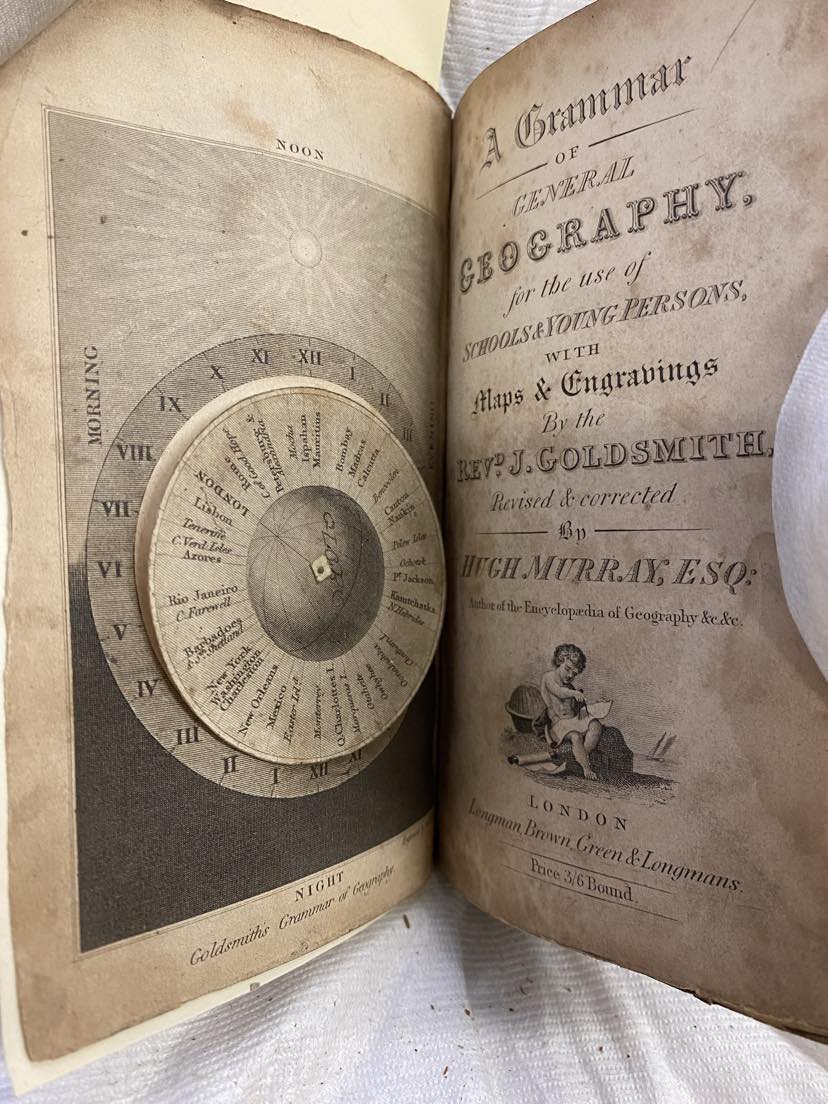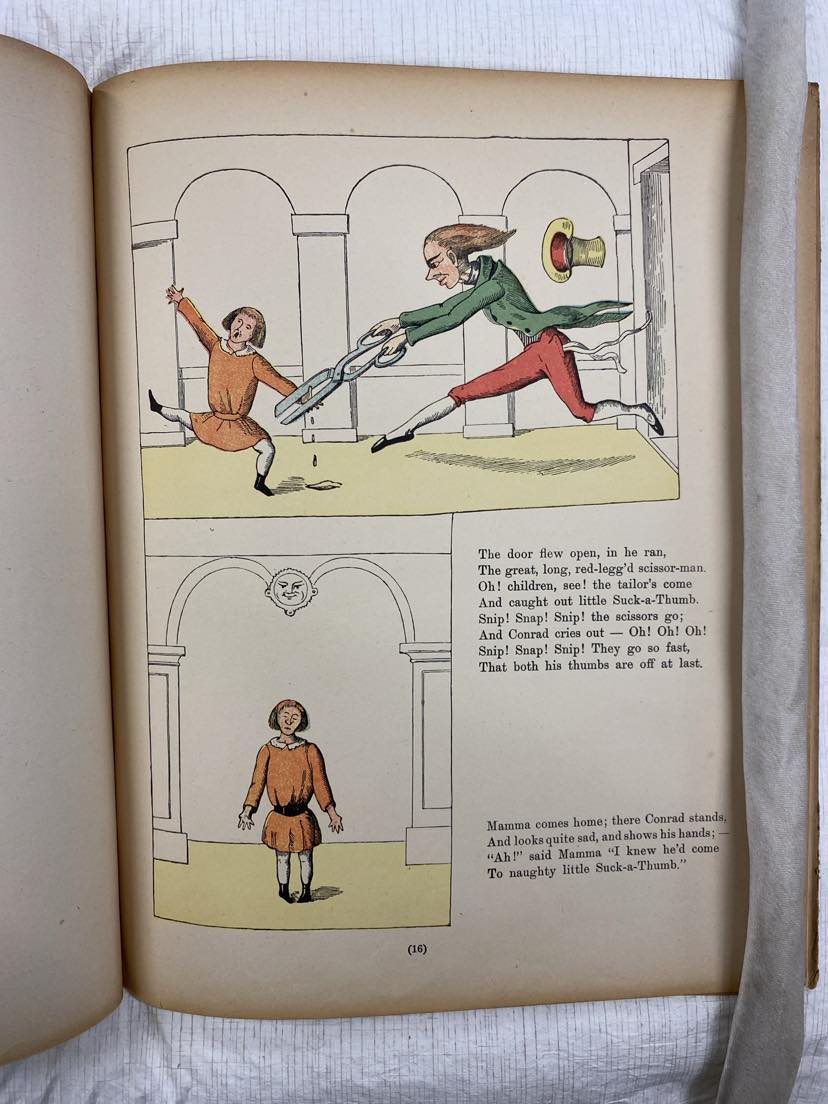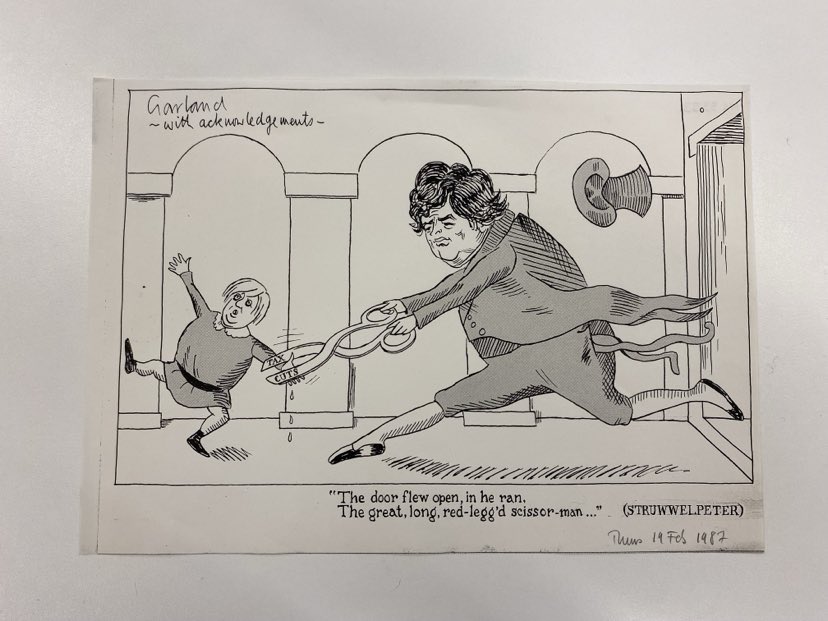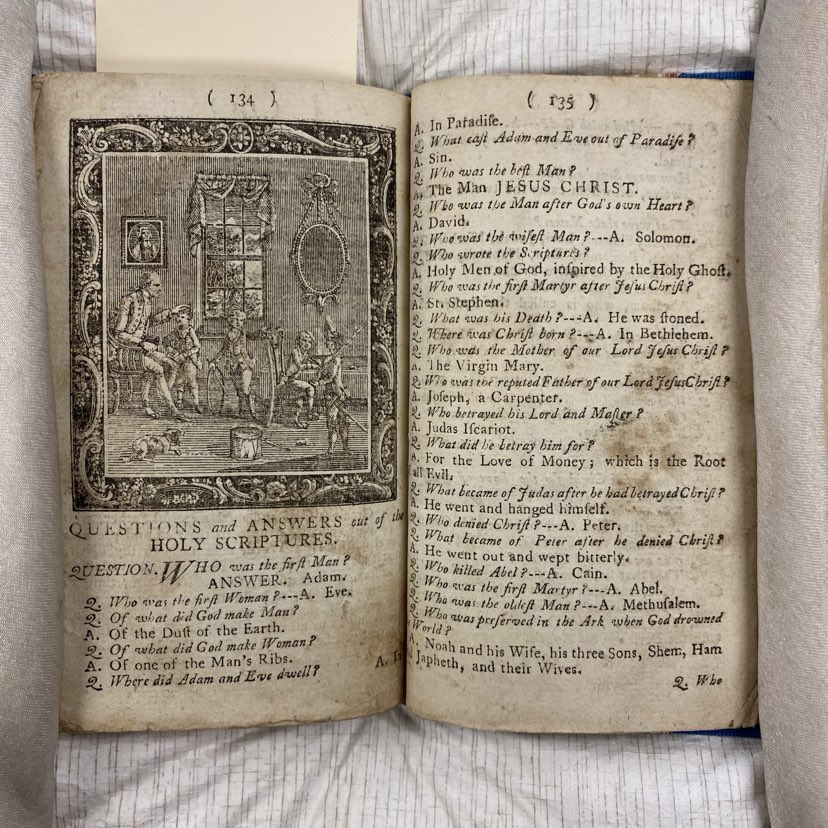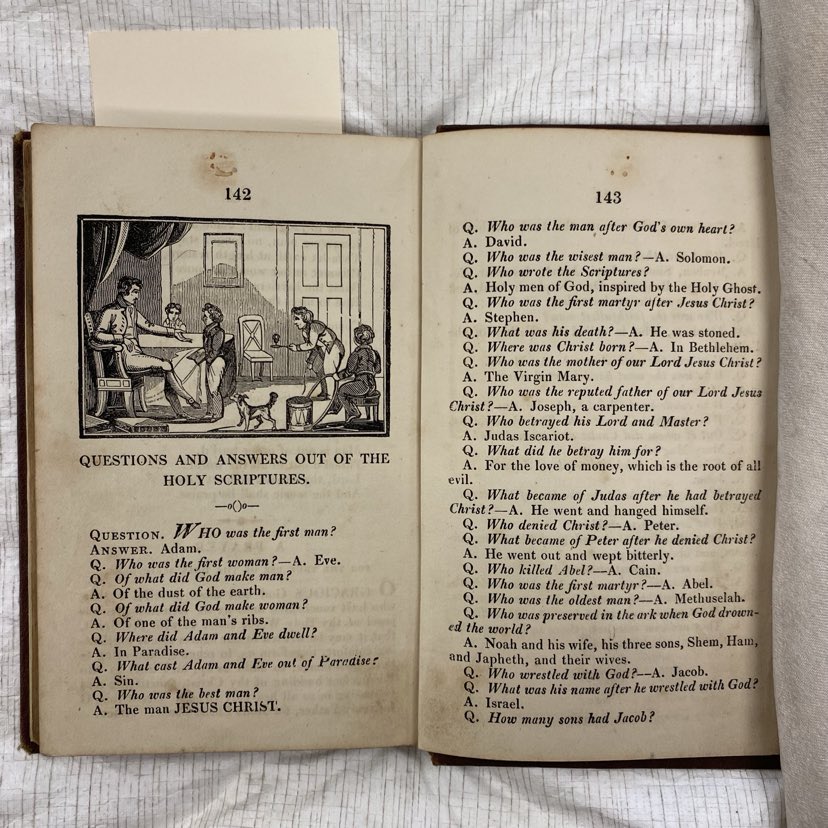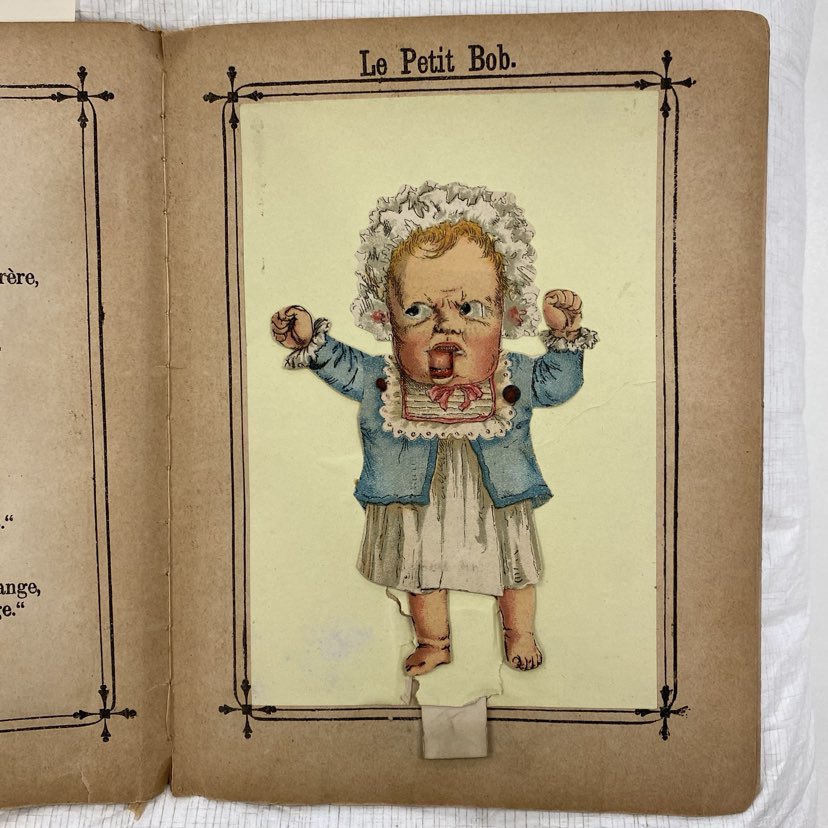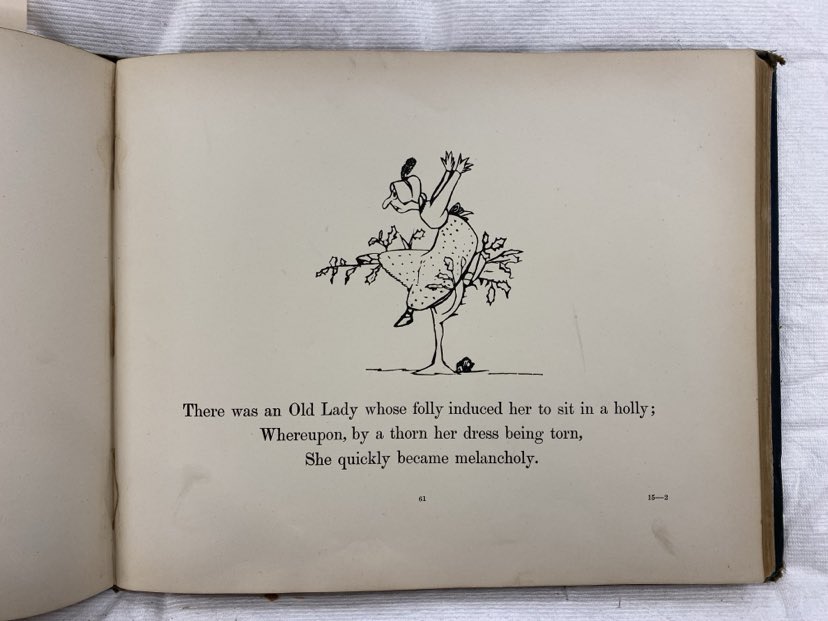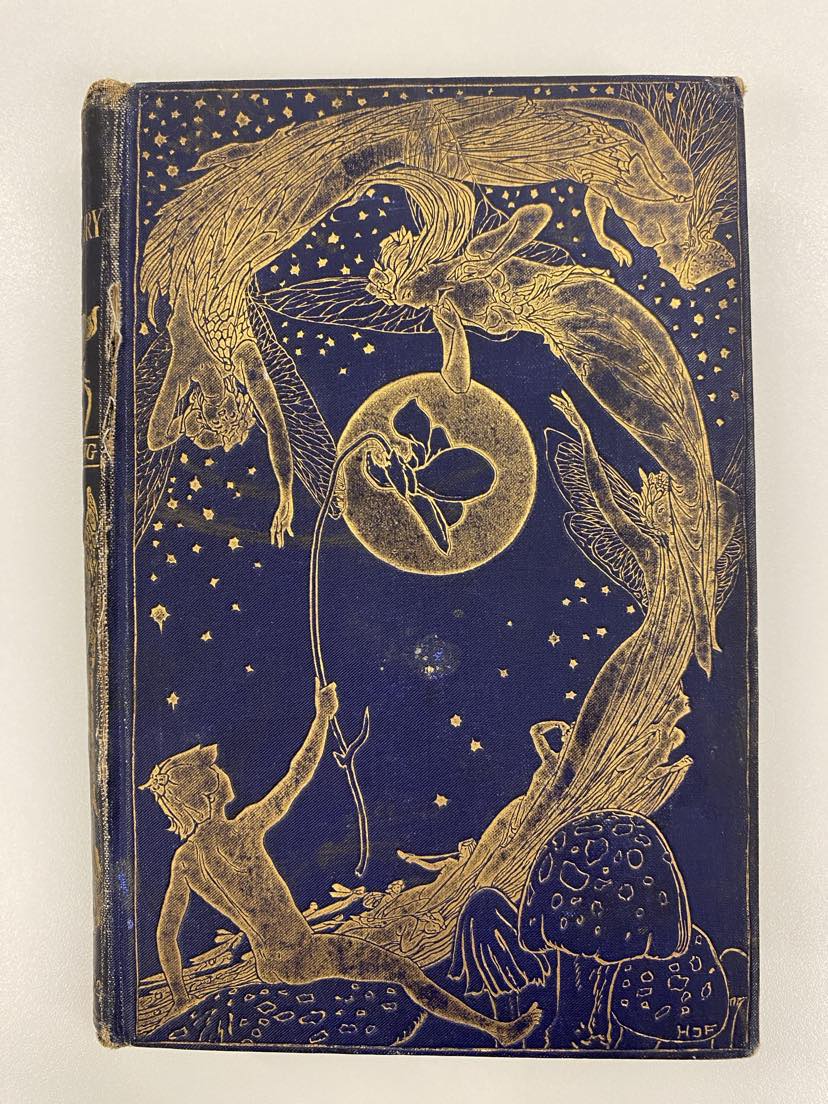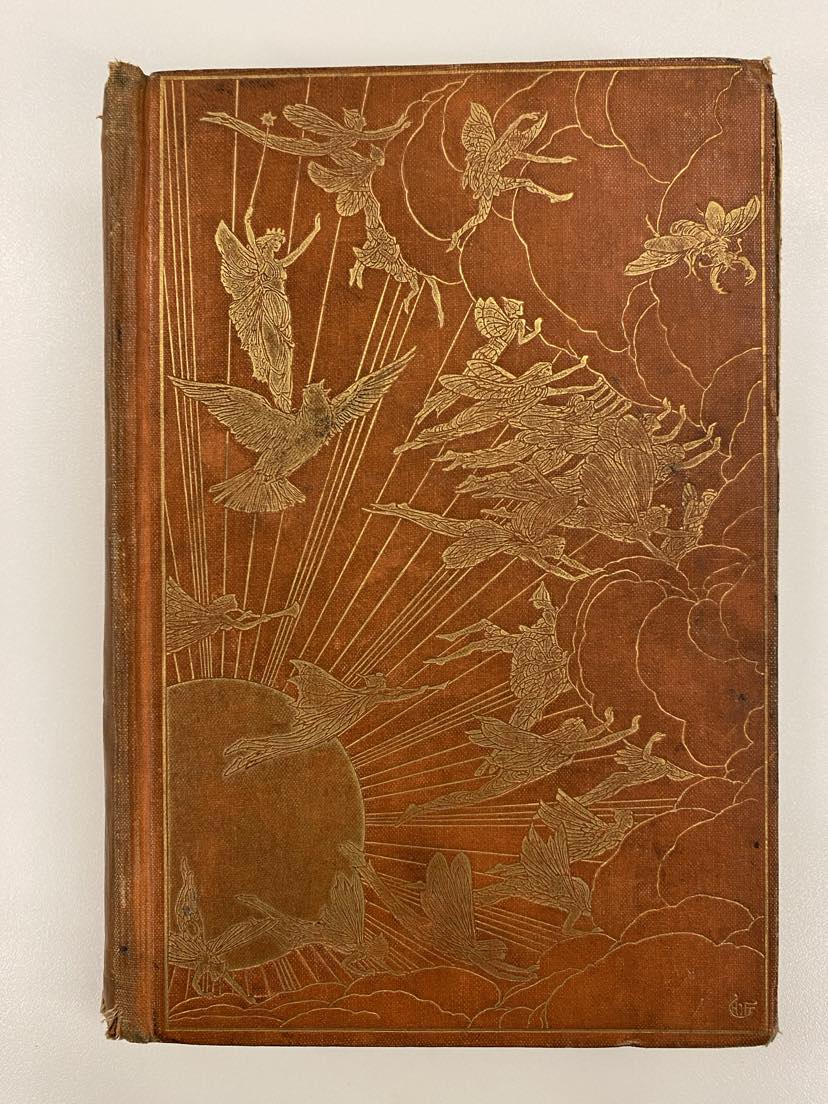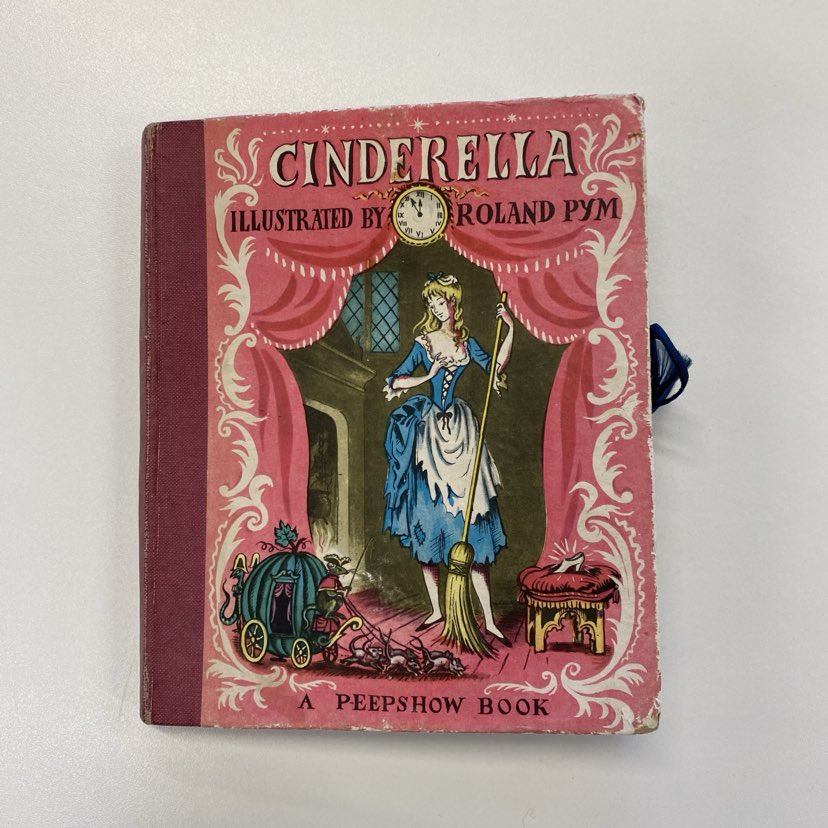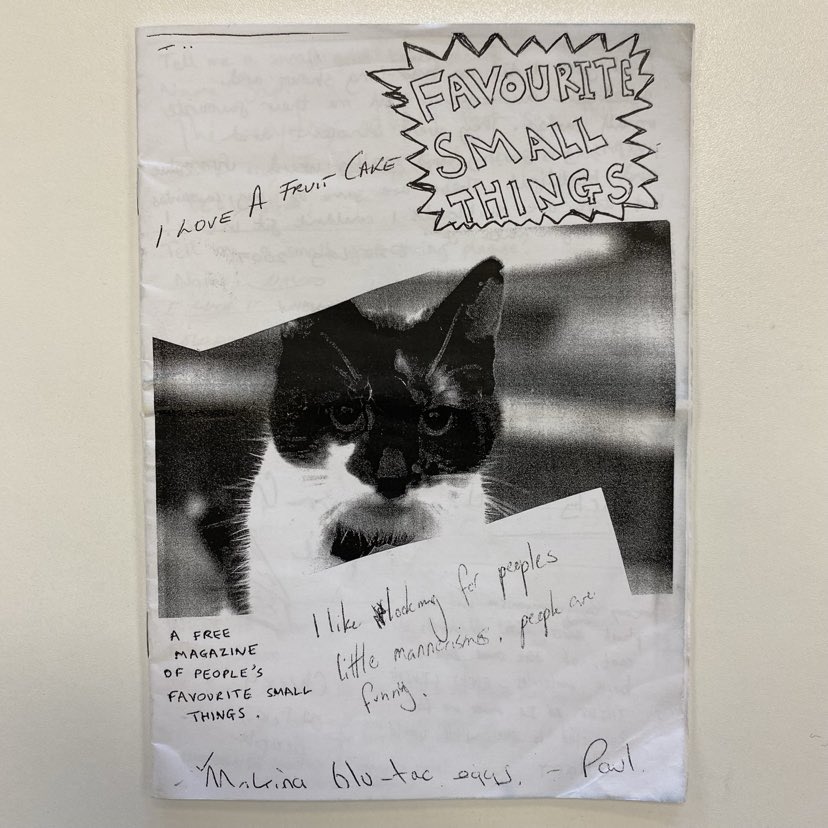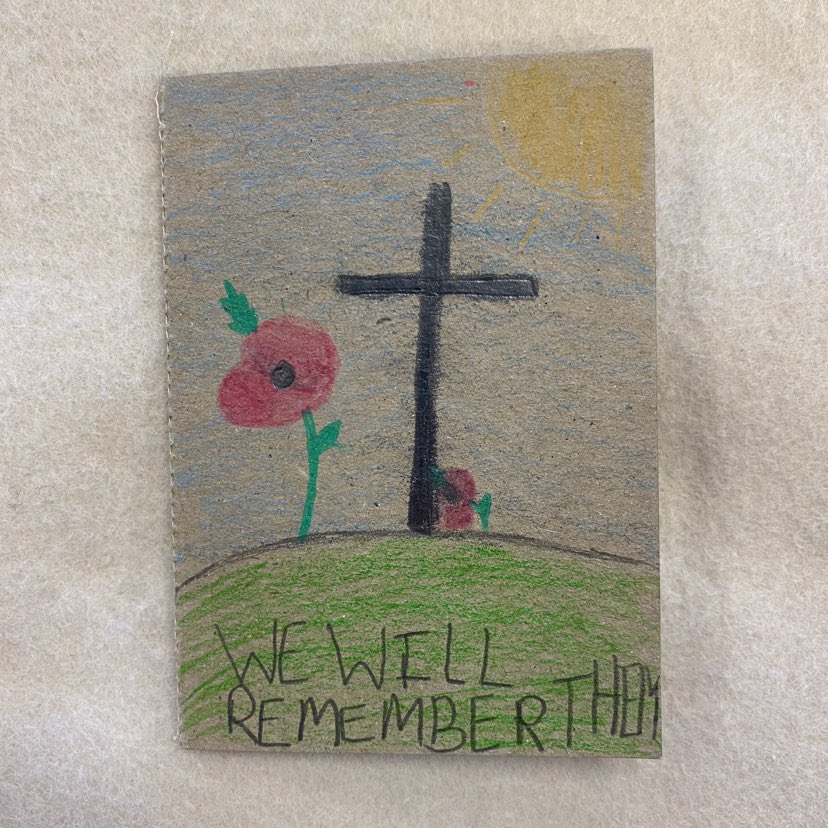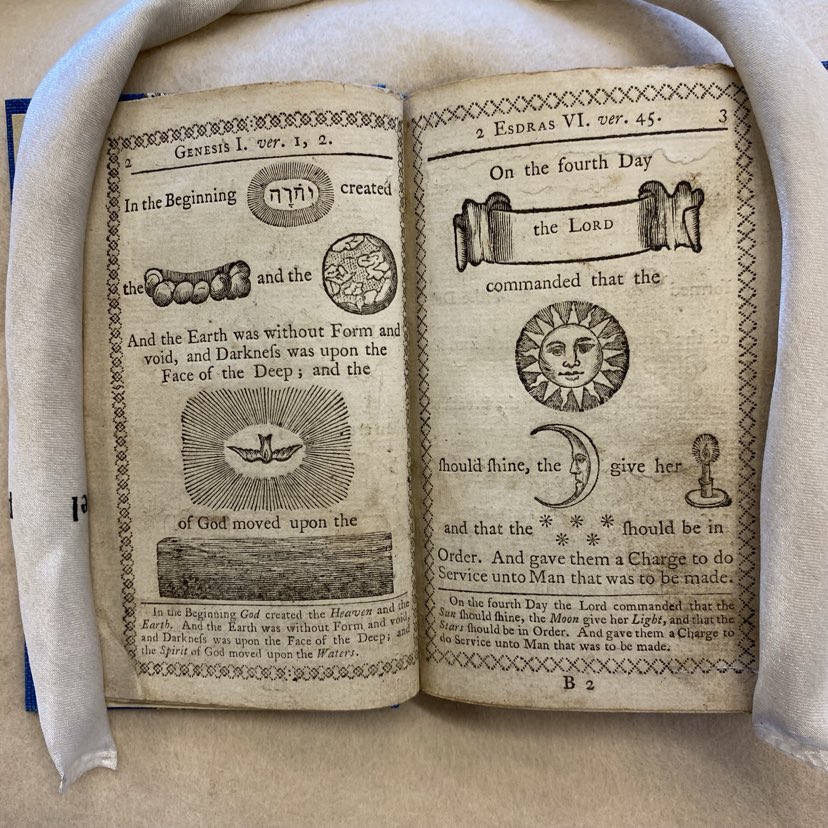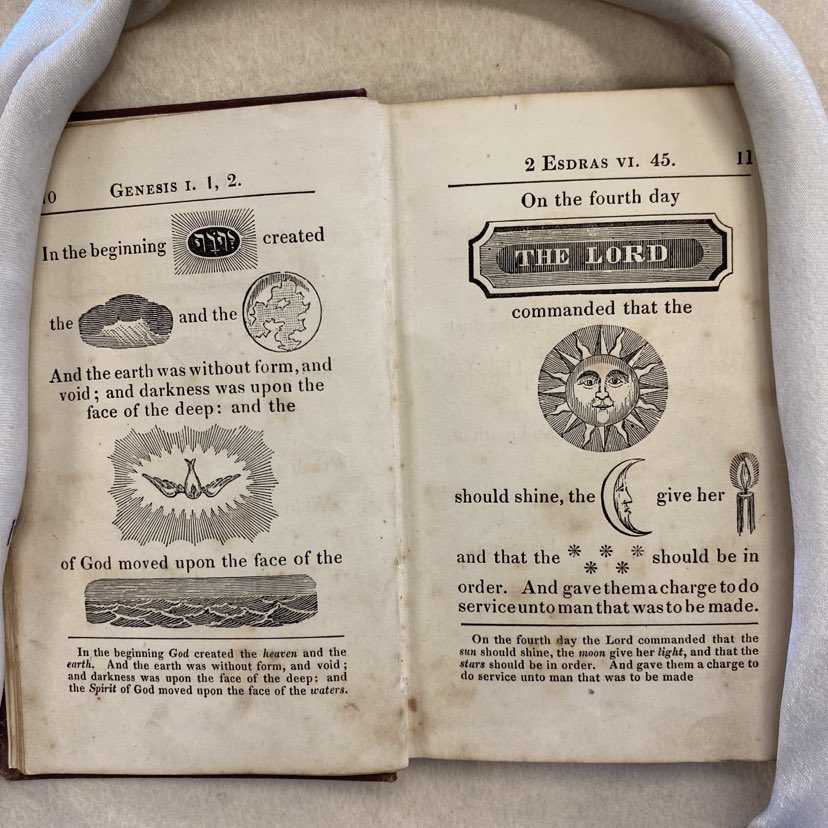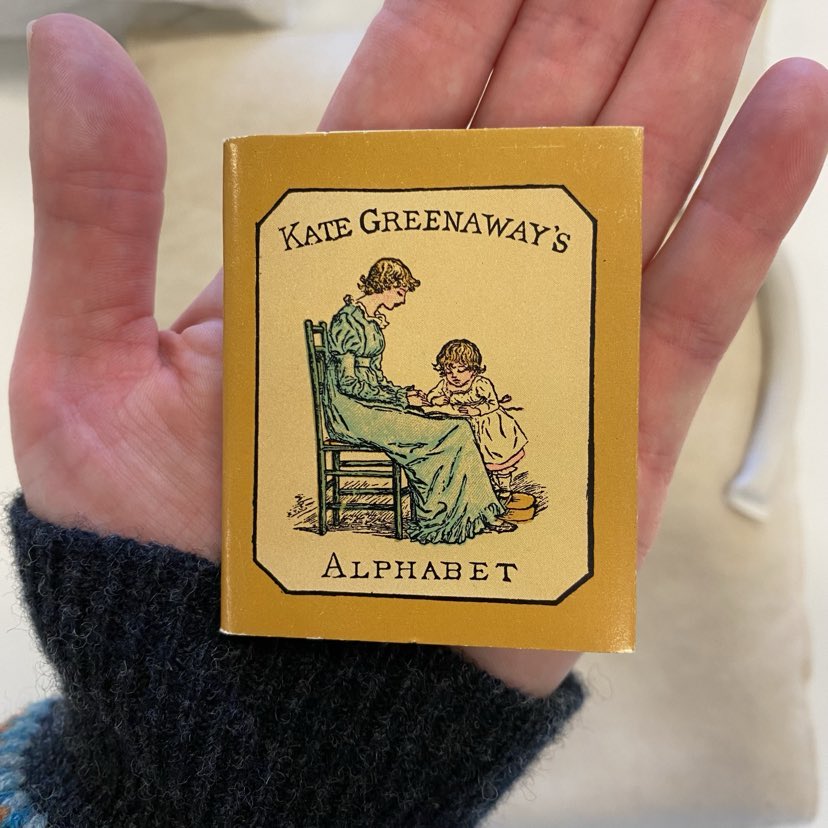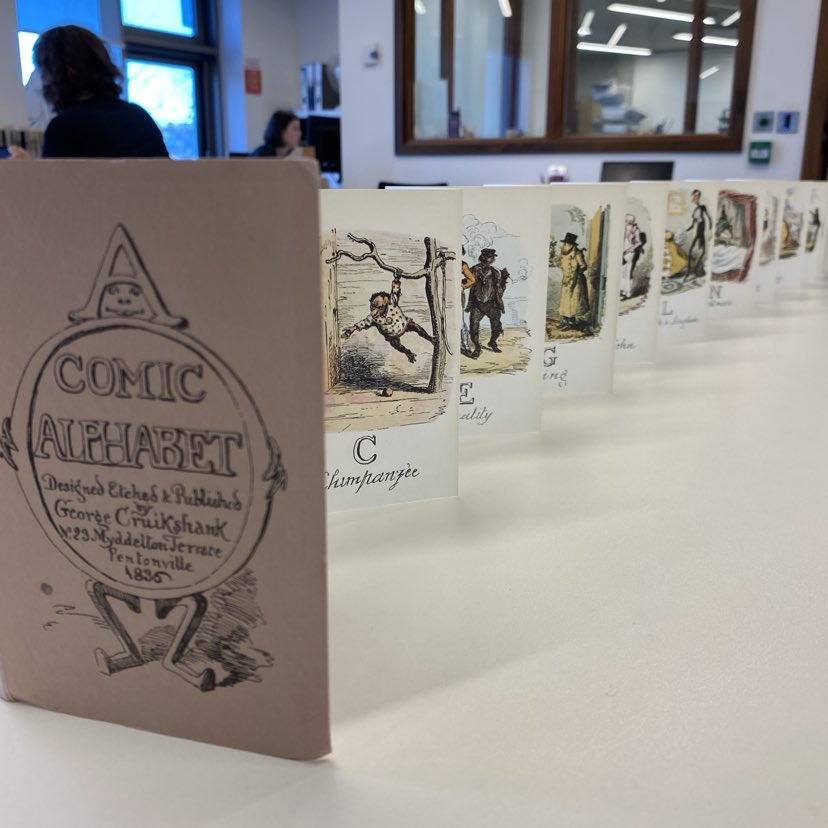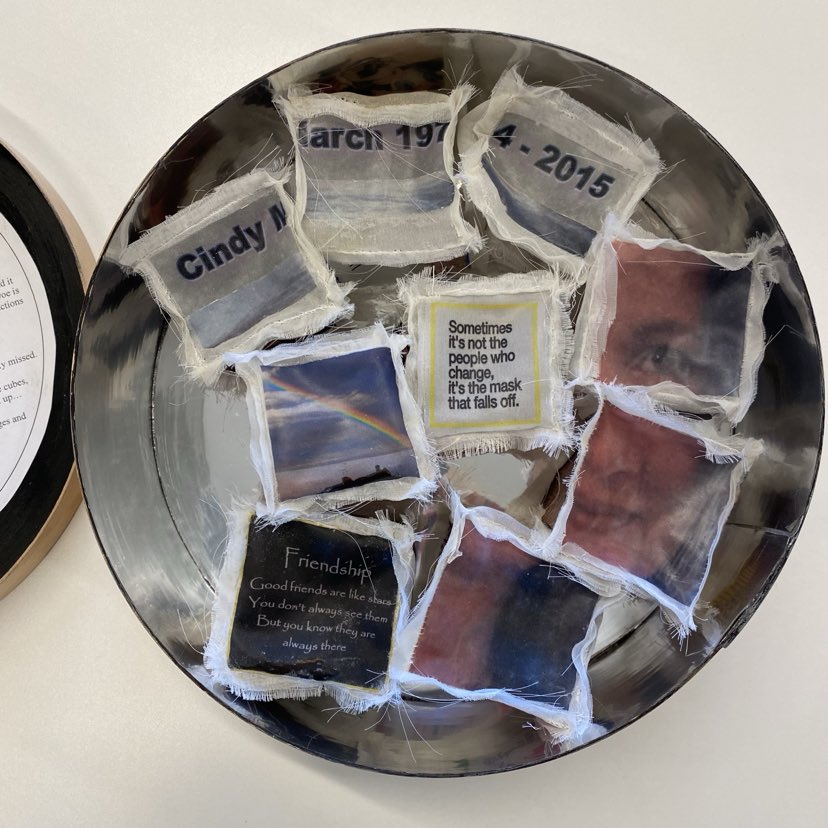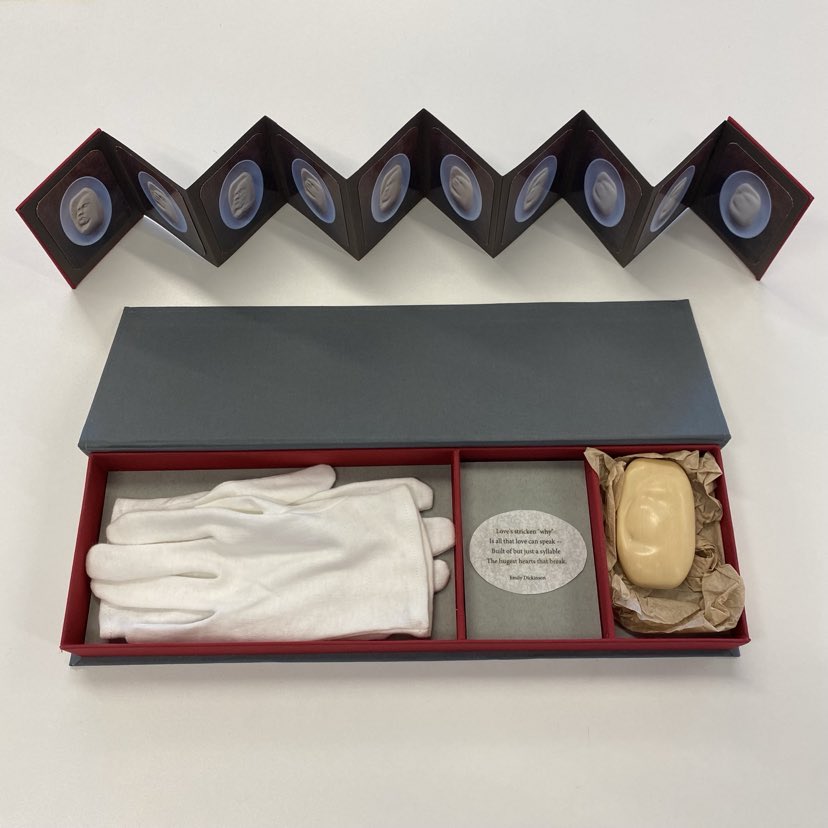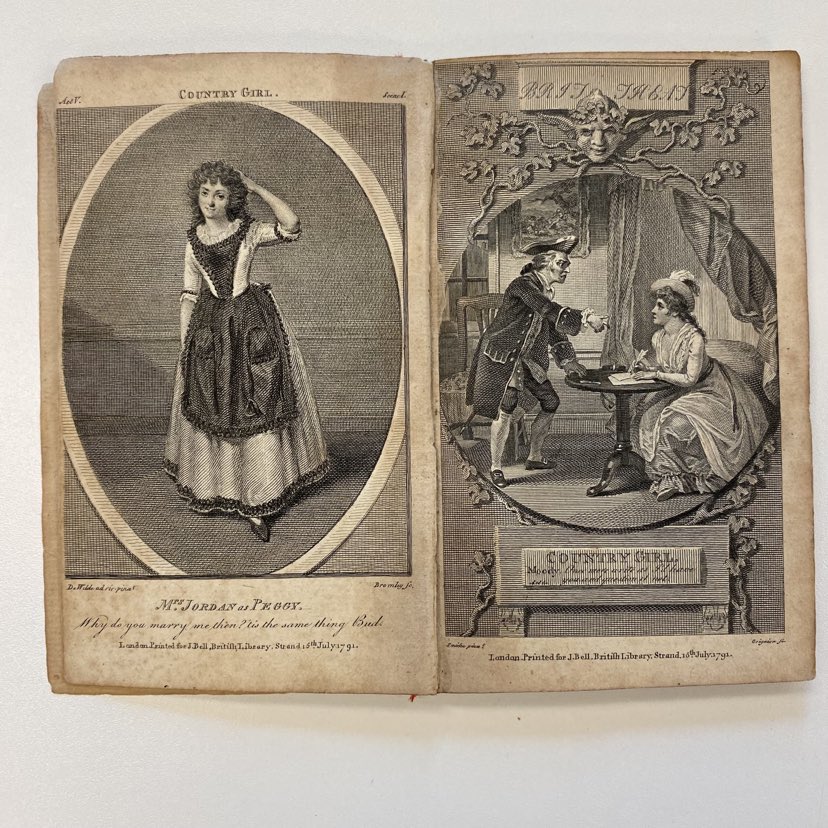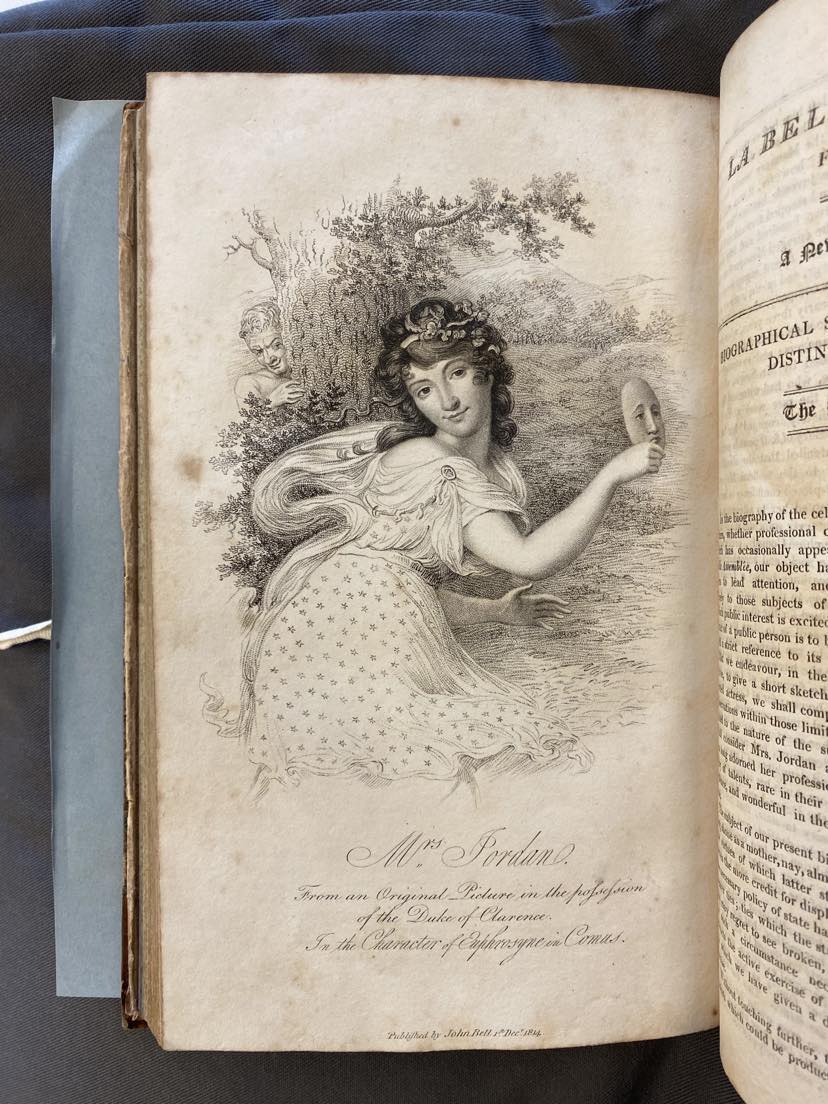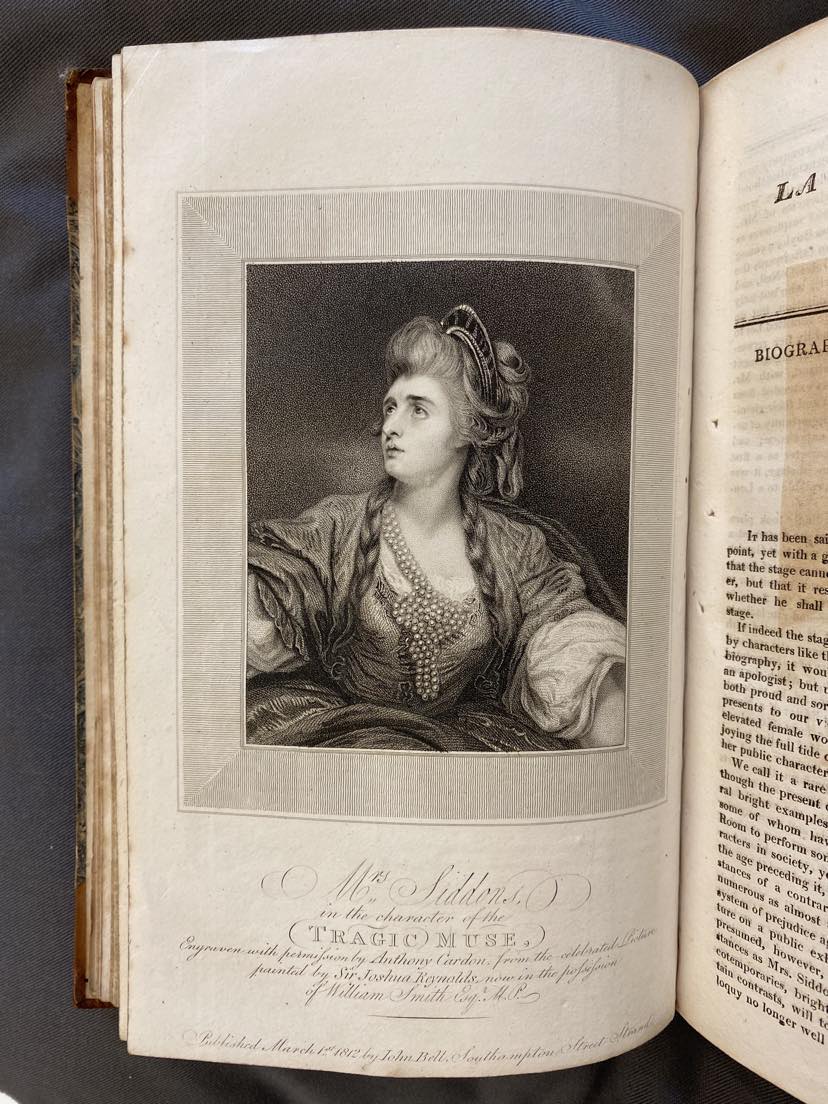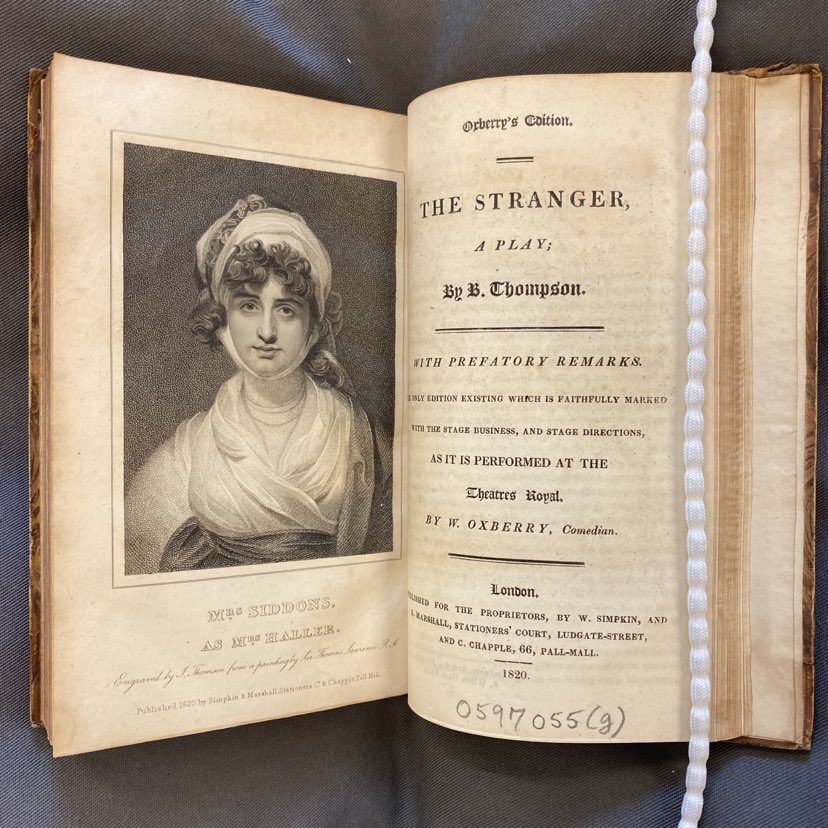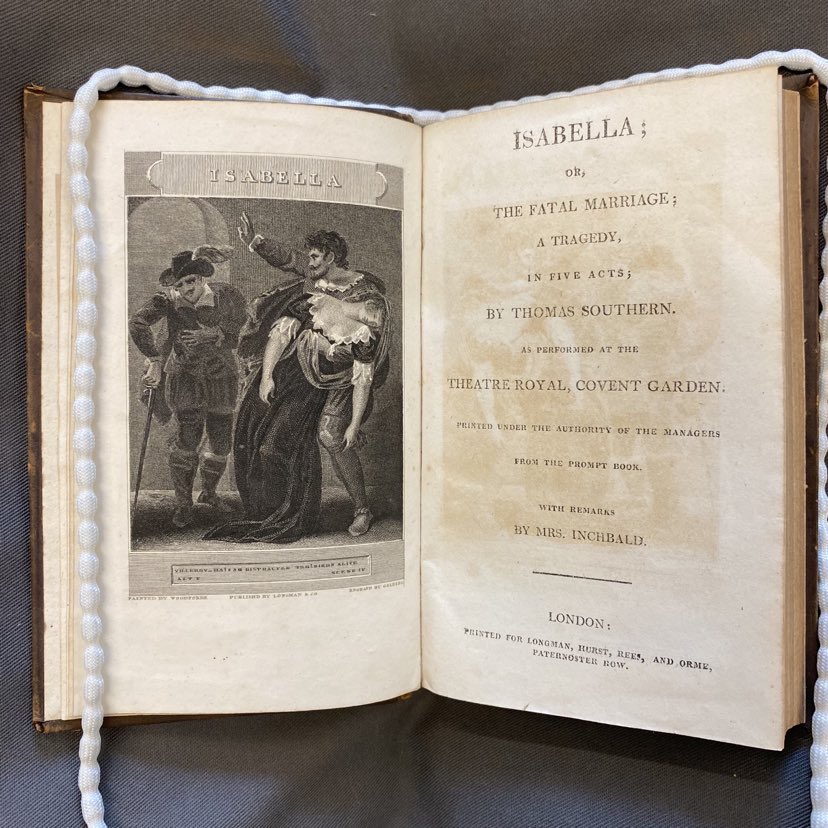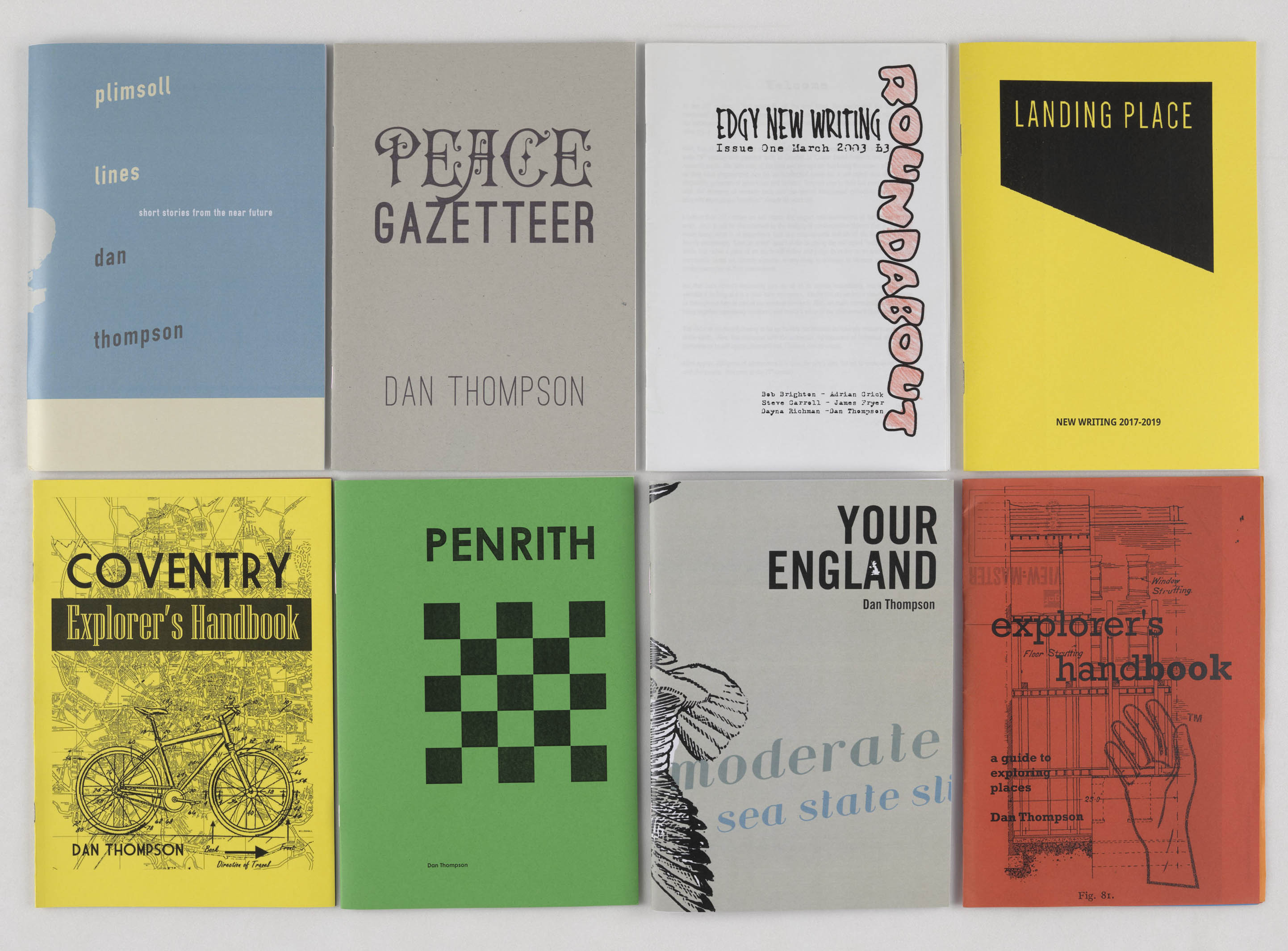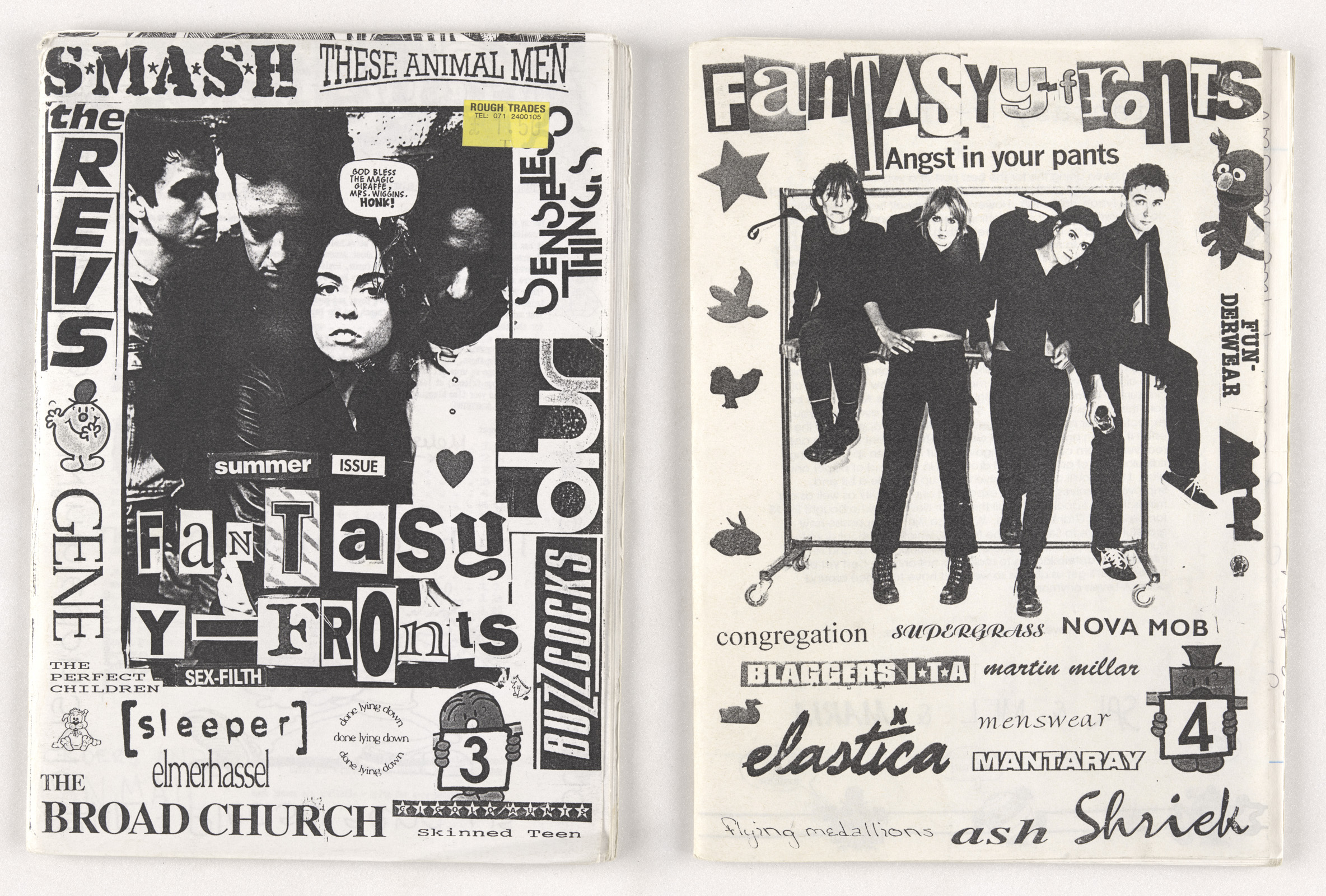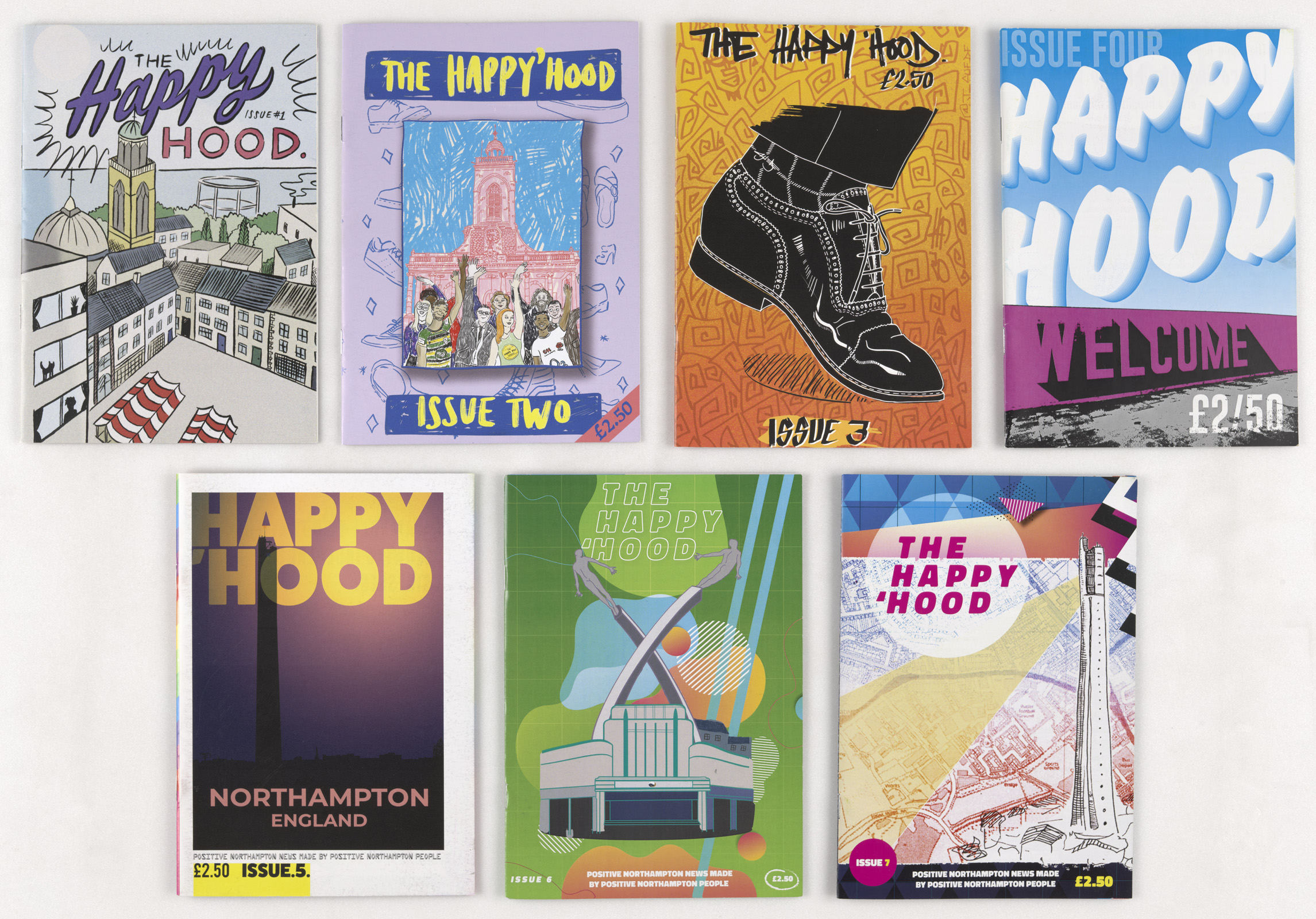The 50/50 Project: Celebrating 50 Years of the British Cartoon Archive
In October 2023 we launched our new co-curated exhibition highlighting 50 cartoons representing 50 years of the British Cartoon Archive. The cartoons were selected and researched by a fabulous team of volunteers and we are extremely grateful to them for their participation in this project. So thank you to Angel Robson, Dr Balasubramanyam Chandramohan, Cameron Matthews, Elizabeth Grimshaw, Hannah Robson, Irene Szmelter, Nadia Davies, and Peter McCullen!
The full list of the selected cartoons can be found here in this blog – but do remember to come and see the exhibition in person between October 2023 and February 2024!
The 50 cartoons selected represent the vast breadth of artists, subjects and formats found in the British Cartoon Archive. Together they provide a fascinating introduction to the history of cartooning and tell the stories of political events and people discovered by the volunteers throughout their research.
Themes that emerged in the volunteer research included the history of cartoons, the beginnings of satire, the space race, political events and crises, strikes, the commonwealth, and the cartoons of Carl Giles.
Introduction Panels – Cartoons selected by the British Cartoon Archive staff
- “Cartoon No 1: Substance and Shadow”, Punch, Or, The London Charivari, 1843. Reference: Punch, 15th July 1843
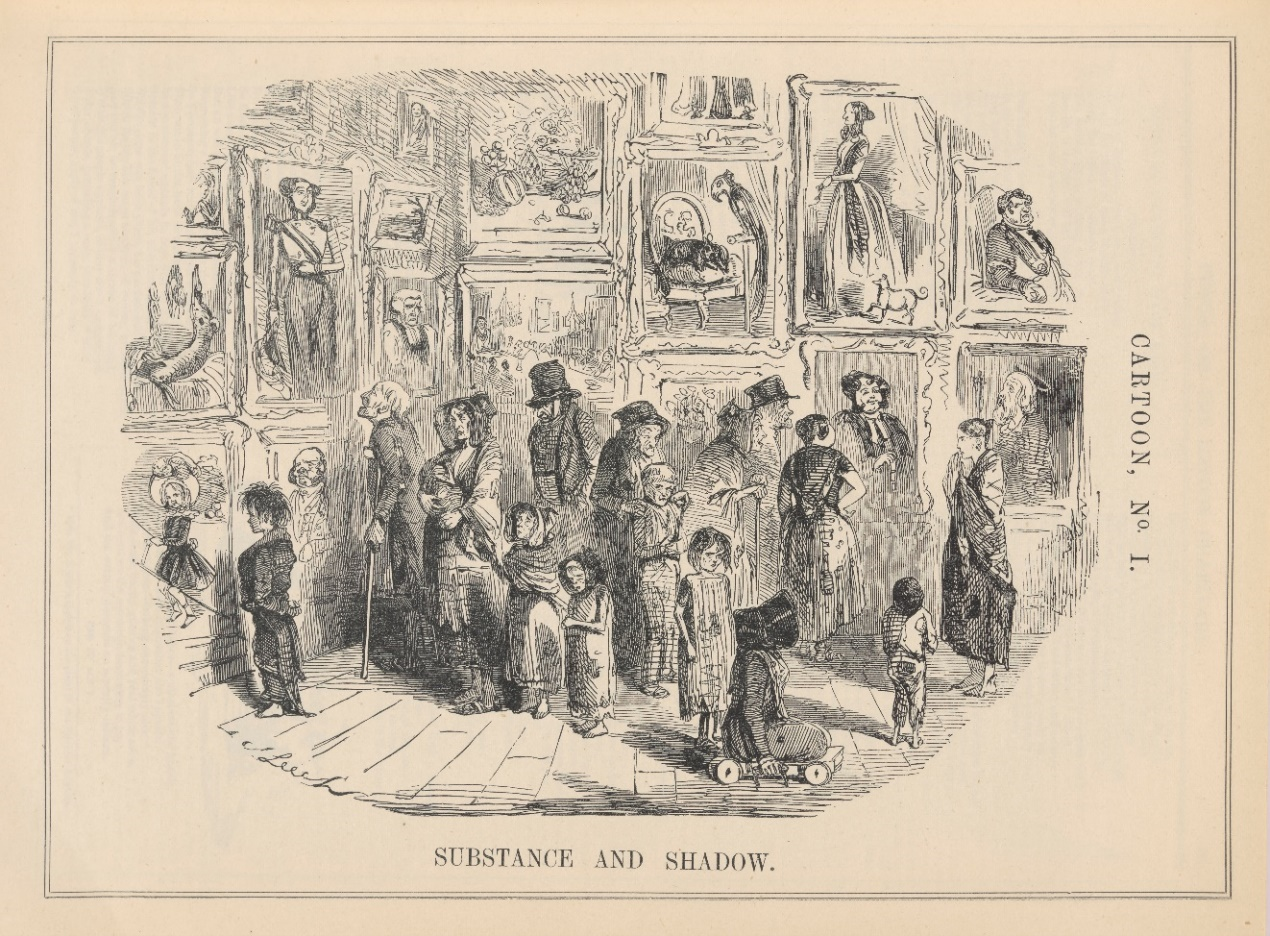
Substance and Shadow, Cartoon No. 1, Punch Magazine, 15th July 1843.
- Rendezvous, David Low, Evening Standard, 20 September 1939. Reference: LSE2692
Satirical Ceramics in Late Georgian Britain and beyond ;The Emergence of Satirical Print; Historians start to take cartoons seriously
The cartoons for this theme were selected and described by Irene Szmelter:
- Pink jug with transfer-prints, Doctor Syntax drawing after nature; Doctor Syntax Disputing his Bill with the Landlady, c.1914-1930s. Reference: Doctor Syntax collection, [uncatalogued]
- Plate with transfer-print, Doctor Syntax reading his tour, c.1920-1980s. Reference: Doctor Syntax collection, [uncatalogued]
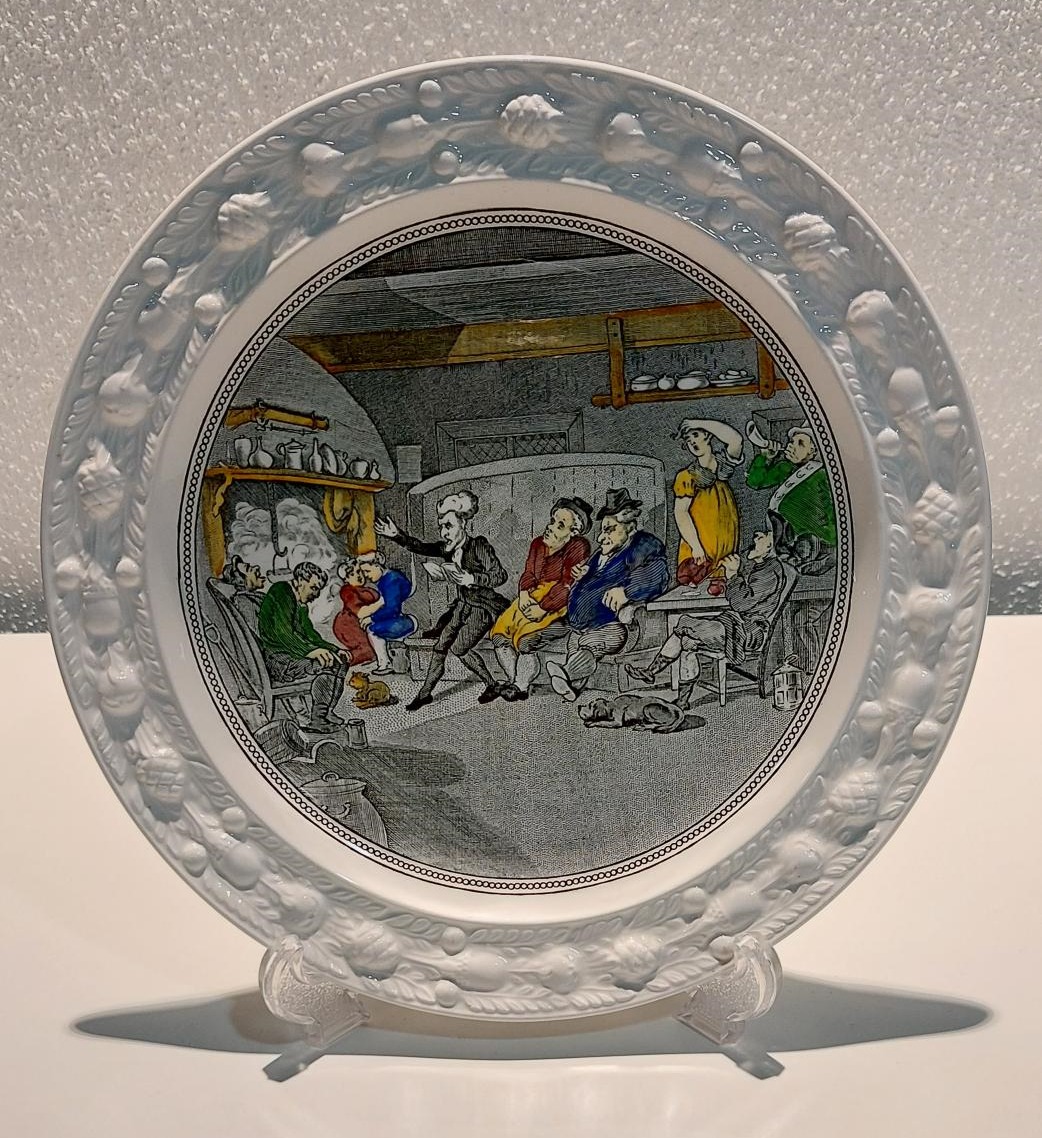
Plate with transfer-print, Doctor Syntax reading his tour, c.1920-1980s. Reference: Dr Syntax collection, [uncatalogued]
- William Combe, The tour of Doctor Syntax, in search of the picturesque : a poem (5th edition, London, 1813) Reference: Derek Schartau Collection PR 3359.C5
- Steve Bell, Fashionable Contrasts in Washington D.C (after James Gillray), 2017 Reference: Steve Bell Digital Collection SBD1772
- Richard T. Godfrey, James Gillray: the art of caricature (London, 2001) Reference: British Cartoon Archive Library LRG NC 1479.G5 GOD
- Martin Rowson, The Contrast 2018 (after Thomas Rowlandson), 2018. Reference: Martin Rowson Digital Collection MRD1228
- Dorothy George, English political caricature, 1793-1832 : a study of opinion and propaganda, 1959. Reference: British Cartoon Archive Library, NC 1763.P66 M
- McCreery, The satirical gaze: prints of women in late eighteenth- century England, 2004. Reference: British Cartoon Archive Library NE962.W65
Strikes!
The cartoons for this theme were selected and described by Angel Robson:

13: “Come on Everyone! Lockdown’s over and everything’s brilliant!” Martin Rowson Digital Collection, MRD 1634, Daily Mirror, 5th April 2021.
- Sidney Strube, – And we’re on our way, Daily Express, Undated. Reference: Sidney ‘George’ Strube Collection, Beaverbrook Foundation GS0070
- Jonathon Pugh, “It’s not another eclipse. They’re our rubbish bags”, Daily Mail, 05 September 2017. Reference: Cuttings Collection 106199
- Martin Rowson, [Lockdown’s over and everything’s brilliant], Daily Mirror, 05 April 2021. Reference: Martin Rowson Digital Collection MRD1634
- Peter Brookes, Hoot if You Support Junior Doctors, The Times, 02 September 2016. Reference: Cuttings Collection 104446
- Martin Rowson, [Boris tramples over workers], Daily Mirror, 08 March 2021. Reference: Martin Rowson Digital Collection MRD1622
- Michael Cummings, “It’s the Silly Season and the Loch N.U.M. Monster arrives, as usual, on time!”, Sunday Express, 06 September 1987. Reference: Michael Cummings Collection, Beaverbrook Foundation CU1813
- Deep Digs! Cartoons of the Miners’ Strike, (London, 1985). Reference: British Cartoon Archive Library NC 1763.S87
Censorship and Saucy Postcards
The cartoons for this theme were selected and described by Nadia Davies:

Postcard designed by Bob Wilkin, I wish I could see my little willy?, D E & S Ltd.

Typed Card from the Crown Prosecution Service recording the prosecutions for obscene postcards that took place for the card on the reverse – I wish I could see my little willy. Prosecutions took place in Rhyl, Margate and Southwell.
- Donald McGill, A stick of rock, cock?, Constance Ltd, Undated. Reference: Crown Prosecution Service Collection CP/0363
- What rosy cheeks you have my dear, Leslie Lester Ltd, Undated. Reference: Crown Prosecution Service Collection CP/0649
- Have you got two big bouncy balls please?, Leslie Lester Ltd, Undated. Reference: Crown Prosecution Service Collection CP/0700
- Bob Wilkin, I wish I could see my little willy?, E & S Ltd, Undated. Reference: Crown Prosecution Service Collection CP/0438
- Dave Brown, Has anyone seen my little willy?, The Independent, 05 Oct 1999. Reference: Cuttings Collection 52292
Political Events and Crises
The cartoons for this theme were selected and described by Hannah Robson:
- Brian Adcock, “So you know the so-called “Special Relationship,” well you are gonna love this!”, The Independent, 6 November 2017. Reference: Brian Adcock Digital Collection BAD0485
- Victor Weisz, “McCarthy is dead! Long live McCarthyism!”, Daily Mirror, 7 May 1957. Reference: Vicky [Victor Weisz] Collection, Beaverbrook Foundation VY0890
- Michael Cummings, [no caption], Daily Express, 14 November 1986. Reference: Cuttings Collection 44500
- Christian Adams, Signed in Blood, Daily Telegraph, 19 October 2015. Reference: Cuttings Collection 103278
- Carl Giles, Daily Express Christmas card, c.1947. Reference: Carl Giles Trust Collection CG/1/4/1/4/1 (GAC0098)
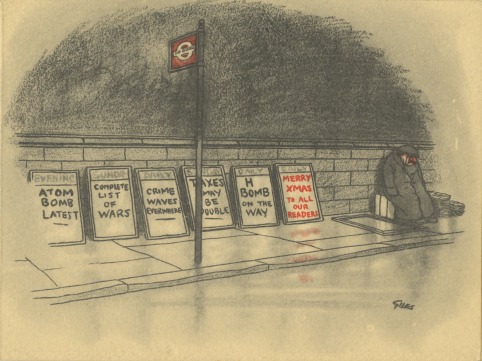
Carl Giles, Daily Express Christmas card, c.1947. Reference – Carl Giles Trust Collection – CG/1/4/1/4/1 (GAC0098)
Viewing both England and the University of Kent through an Irish lens
The cartoons for this theme were selected and described by Peter McCullen:
- Martin Rowson, Backwards, The Guardian, 25 May 2015. Reference: Martin Rowson Digital Collection MRD0654
- Ben Jennings, [no caption], Independent, 01 March 2014. Reference: Ben Jennings Digital Collection BJD0121
- Ben Jennings, [no caption], Independent, 01 March 2014. Reference: Ben Jennings Digital Collection BJD0200
- Carl Giles, “Talking of cheque book journalism, do you think the editor would object to us taking that cab?”, Daily Express, 07 May 1981. Reference: Carl Giles Trust Collection CG/1/1/1/3002 (GA4259)
- Carl Giles, [no caption], Daily Express, 11 November 1958. Reference: Carl Giles Trust Collection CG/1/1/1/3824 (GA5503)
- Wally Fawkes, [no caption], Observer, 14 June 1987. Reference: Cuttings Collection 42646
- Tove Jansson, Moomin and Snorkmaiden, Undated. Reference: Tove Jansson Collection TV0002 (Uncatalogued)
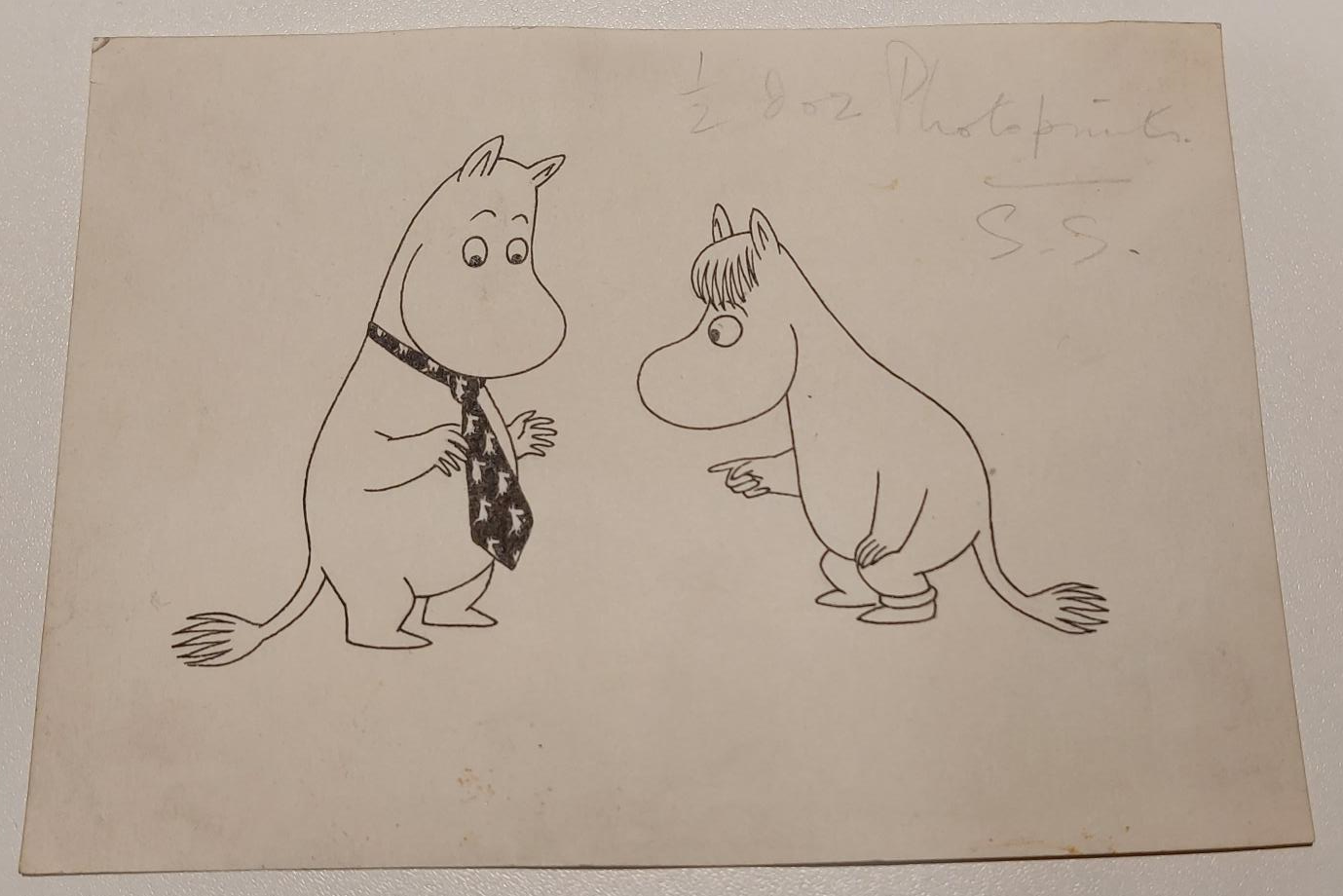
Tove Jansson, Moomin and Snorkmaiden, Undated. Reference: Tove Jansson Collection TV0002 (Uncatalogued)
The Space Race
The cartoons for this theme were selected and described by Elizabeth Grimshaw
28. Michael Cummings, Increase of Fares Between London – Mars –Venus – Moon, Daily Express, 27 Jan 1953. Reference: Cummings Collection CU0522
36. Scott Clissold, “Got a spare ticket for the new Star Wars movie, mate?!”, Daily Star, 16 December 2015. Reference: Scott Clissold Digital Collection CLD0549
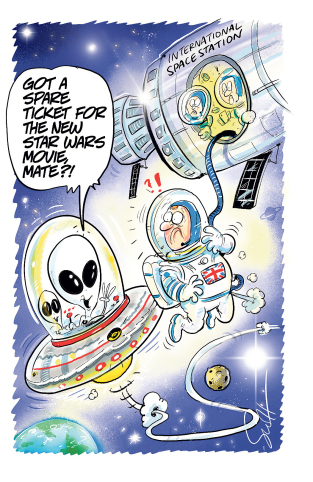
Scott Clissold, “Got a spare ticket for the new Star Wars movie, mate?!”, Daily Star, 16 December 2015. Reference: Scott Clissold Digital Collection CLD0549
37. Osbert Lancaster, “Just think, Gretchen! Halfway to the moon! One day, perhaps, science will be able to tell us how to reach West Berlin!”, Daily Express, 14 Aug 1962. Reference: Cuttings Collection 02019
38. Carl Giles, “Be funny if the Moon Men thought she was an Earth Man and made her their ruler”, Daily Express, 05 Nov 1957. Reference: Carl Giles Trust collection CG/1/4/1/3/12/3 (GAA121419)
The Commonwealth
The cartoons for this theme were selected and described by Dr Balasubramanyam Chandramohan:
- Margaret Belsky, “After all why shouldn’t the Queen protest – I expect she gets fed up with the rest of the Commonwealth criticising Britain all the time”, The Sun, 08 January 1969. Reference: Cuttings Collection 14577
- Jak [Raymond Jackson], “Je demande que la Grande Bretagne soit chassee du Commonwealth si elle vend des armes a l’Afrique du sud”, Evening Standard, 20 October 1970. Reference: Cuttings Collection 18825
- Michael Cummings , “Really, Mr. Stewart, it might come as a merciful release if Britain could be expelled from the Commonwealth”, Daily Express, 25 June 1965. Reference: Cuttings Collection 07292
- Carl Giles, “And Rajah – be a good chap and control those long rumbling tummy noises during the Commonwealth speeches.”, Daily Express, 24 November 1983. Reference: Carl Giles Trust Collection CG/1/1/1/3239 (GA4603)
- Will Dyson, Our big brother and the little strangers, Daily Herald, Undated. Reference: Will Dyson Collection WD0597
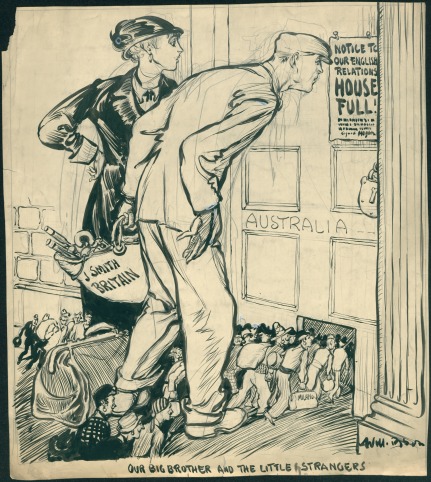
Will Dyson, Our big brother and the little strangers, Daily Herald, Undated. Reference: Will Dyson Collection WD0597
Ronald ‘Carl’ Giles
The cartoons for this theme were selected and described by Cam Matthews:
44. Carl Ronald Giles, “An appeal has been made for every nurse to be off duty during the inquiry into the Nurses v. Hospital Authorities dispute in Guernsey.” Daily Express, 16th July 1957. Reference: Carl Giles Trust Collection CG/1/1/1/973 (GA1328)
45. Carl Ronald Giles, “We’ve been thinking about your parrot, Grandma. Supposing we can’t get a turkey for Christmas…” Daily Express, 25th November 1947. Reference: Carl Giles Trust Collection CG/1/1/1/3787 (GA5454)
46. Grandma Giles doll made by Dorothy Read, Undated. Reference: Carl Giles Trust Collection CG/5/3/39 (GAX00058)
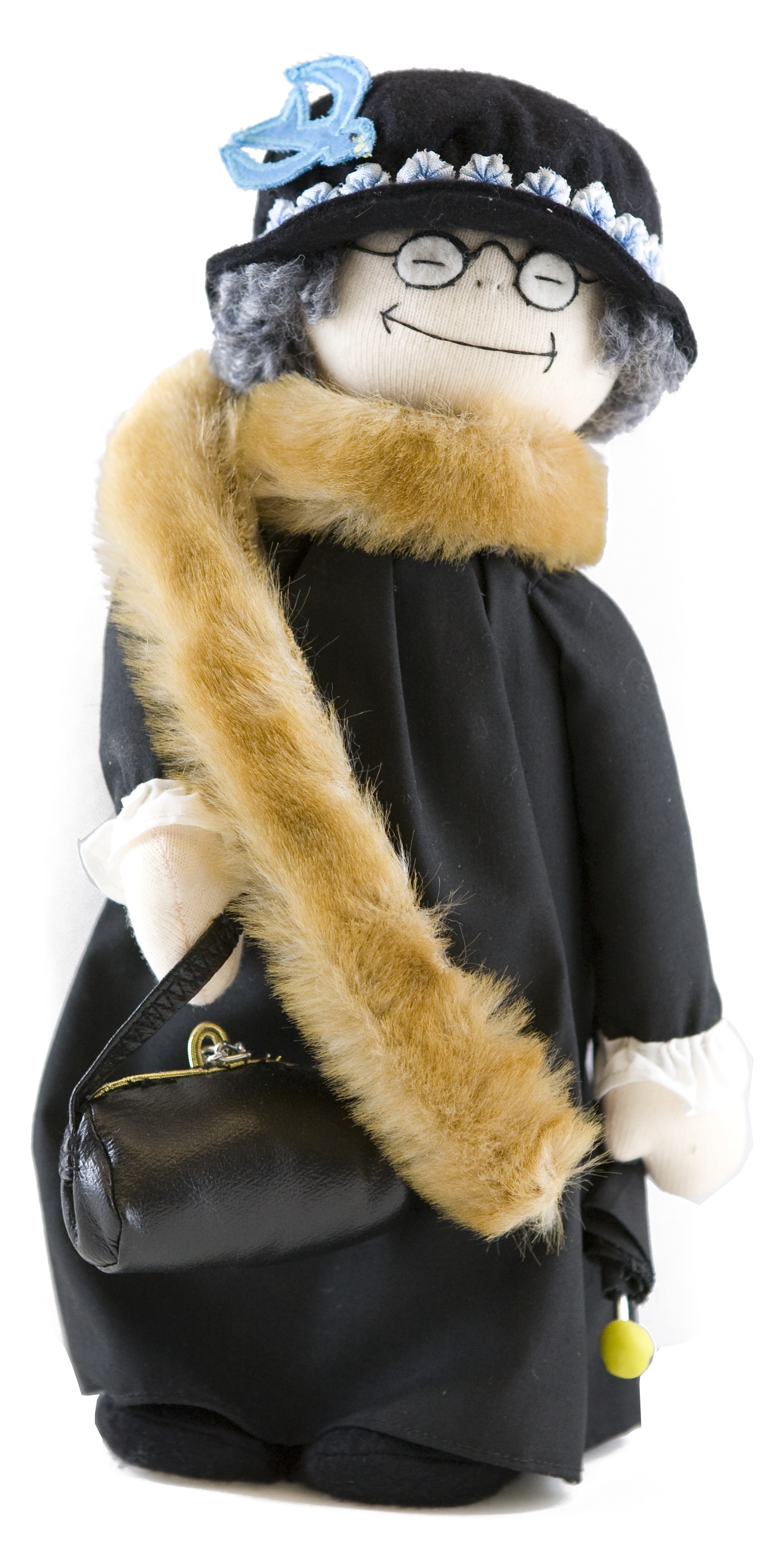
Grandma Giles doll made by Dorothy Read, Undated. Reference: Carl Giles Trust Collection CG/5/3/39 (GAX00058)
47. Carl Ronald Giles, “I’m jotting down a list of all the ones who aren’t laughing their heads off.” Daily Express, 17th February 1987. Reference: Carl Giles Trust Collection CG/1/1/1/3532 (GA5027)
48. Police Helmet, Undated. Reference: Carl Giles Trust Collection CG/4/1/45 (GAX00085)
49. Ink, paint and paintbrushes from Giles’ studio, Undated. Reference: Carl Giles Trust Collection (uncatalogued)
50. Carl Ronald Giles, “Well, well, well, well, well! Man have they got your number!” Sunday Express, 1st March 1970. Reference: Carl Giles Trust Collection CG/1/1/2/802 (GA2779)
